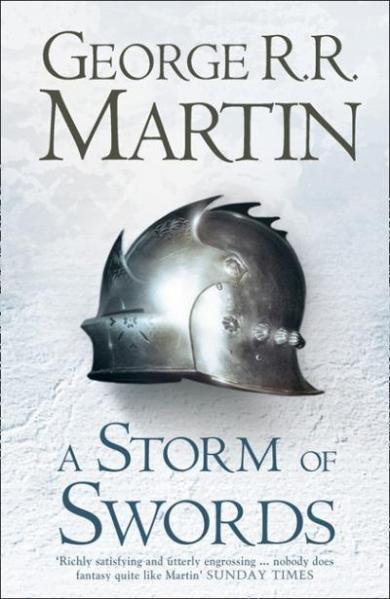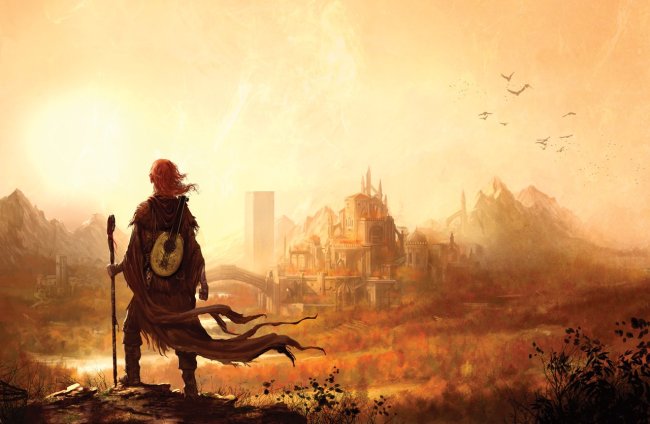ght of his 122nd(ieth) birthday, I want to dedicate this post to J.R.R. Tolkien and his masterpieces. Particularly, I would like to discuss how his work has essentially set the stage for all contemporary fantasy literature, and even many works of epic fiction. I will endeavor to create some literary connections between his work and several other authors who I have come to enjoy over the years. While many authors will not claim to base their writings off of Tolkien’s work directly, I believe that no author can escape the creative mythological framework that Tolkien established. It was entirely brave of Tolkien to set out on a journey to create a world with so many intricacies that was far different than his predecessors.
Tolkien’s ability to craft languages on a whim while still appreciating nuances within language has inspired many authors to attempt to do the same. (To read more about Tolkien’s language check out this blog post http://stancarey.wordpress.com/2011/05/24/tolkien-on-language-invention/) While it is not believed that any author has come close to developing a world of languages as intricate as Tolkien’s, this very idea of expressing stories through the development of languages has been pervasive in many recent fantasy classics. Language creation has become the norm in several novels, including but not limited to, J.K. Rowling’s Harry Potter series, George R.R. Martin’s Game of Thrones: A Song of Ice and Fire books, and Patrick Rothfuss’ Kingkiller Chronicles series.
In Harry Potter we witness this with parseltongue, the language of snakes that the heir of Slytherin, Voldemort, and Harry Potter use throughout the series. While the language is sparsely used (mainly in Chamber of Secrets), Rowling’s usage of this language may not have been a purposeful dedication to Tolkien, but it definitely was a semblance of his influence.
In the Game of Thrones series, language plays a large role in the plots of several characters. In Arya’s story line we learn about languages of Braavos, Lys, Volantis, and several others. Dany’s storyline in particular reveals multiple languages of Dothraki, Westerosi, Old Valyrian, and many more. Each of these languages has its own characteristics that define the characters who utilize the languages, in an almost similar way that Tolkien utilized his own. For the Game of Thrones series to be as popular as it has been, languages have had to be a cornerstone aspect of its value.
Patrick Rothfuss also utilizes the extent of multiple languages to portray a deeper and more convincing world that is far different than our own. In the Kingkiller Chronicle: Day Two, the language of Aturan is described heavily throughout the novel as the main character Kvothe, seeks to not only learn the language’s words, but also the body language associated with conversation. This emphasis is heavily reminiscent of Tolkien’s description of how Gandalf and the Elves communicated without words. Additionally, Tolkien continuously emphasizes non-verbal communication between beings of Middle-Earth and other organic beings like trees (ents). One of the best Tolkien quotes that emphasizes this form of language is “Elves began it of course, waking trees up and teaching them to speak and learning their tree-talk. They always wished to talk to everything, the old Elves did.”
Tolkien’s work truly inspired the creation of languages in modern-day novels and works of fictions. I would love to know about more connections that you see between Tolkien’s creation of languages and that of other author’s work. I always find it fascinating when I read a new novel with multiple languages because I cannot help but think that Tolkien was responsible for this incredible idea to establishing literary importance.





Tolkien was really an incredible author (and person)!
~Aspen